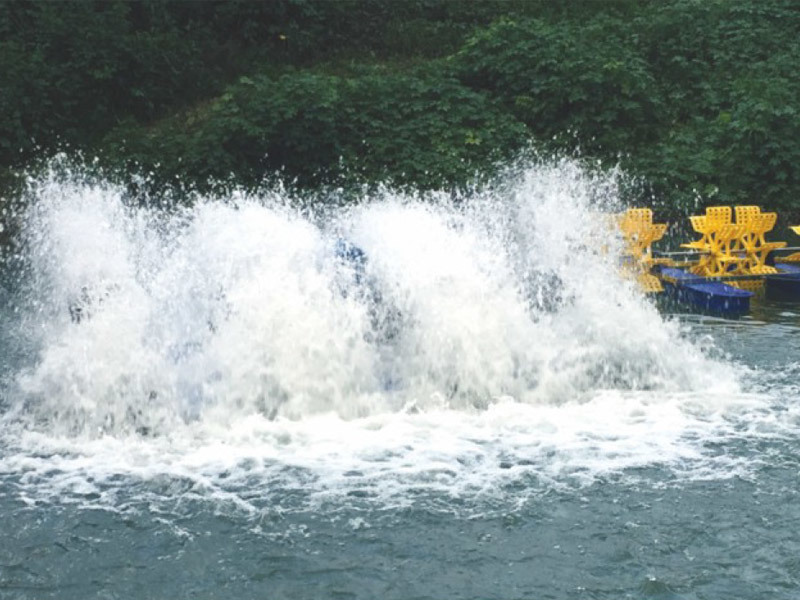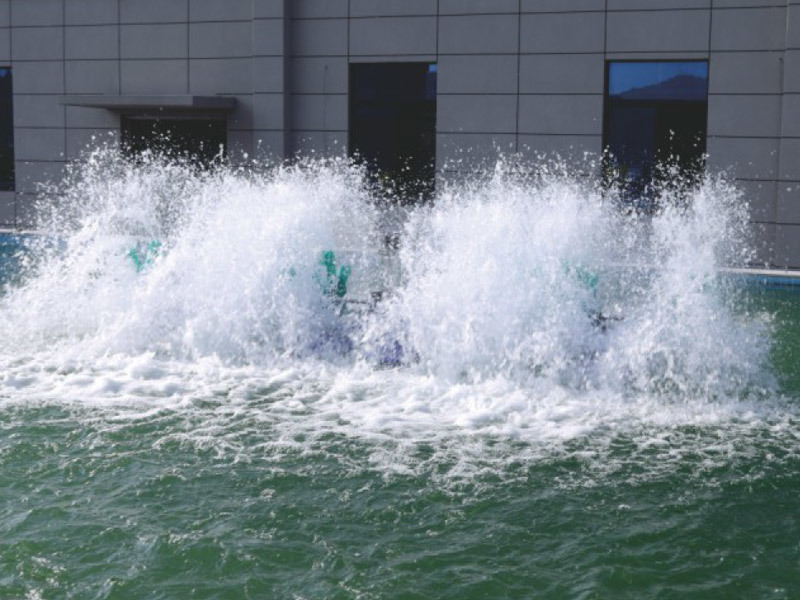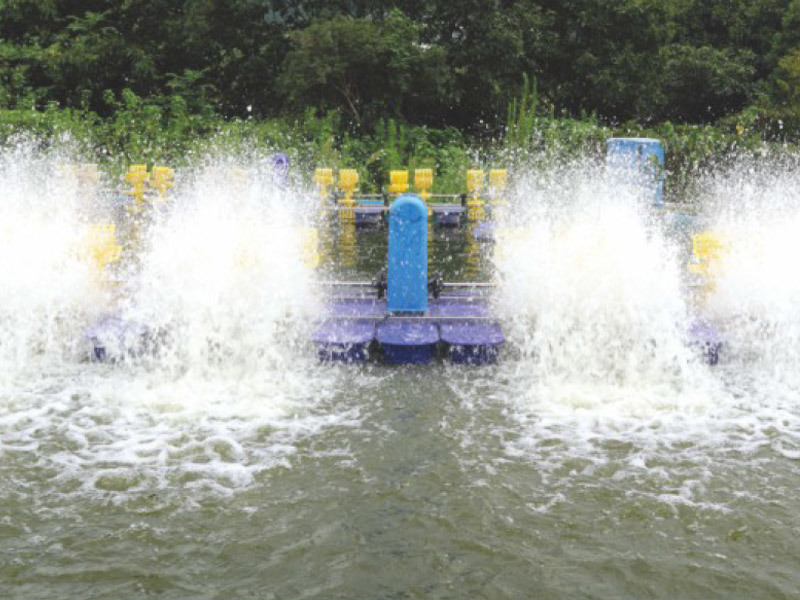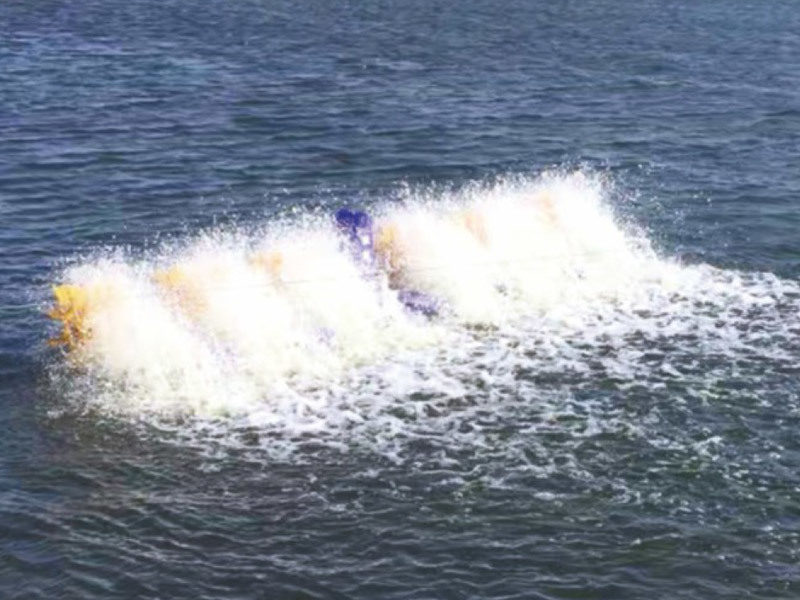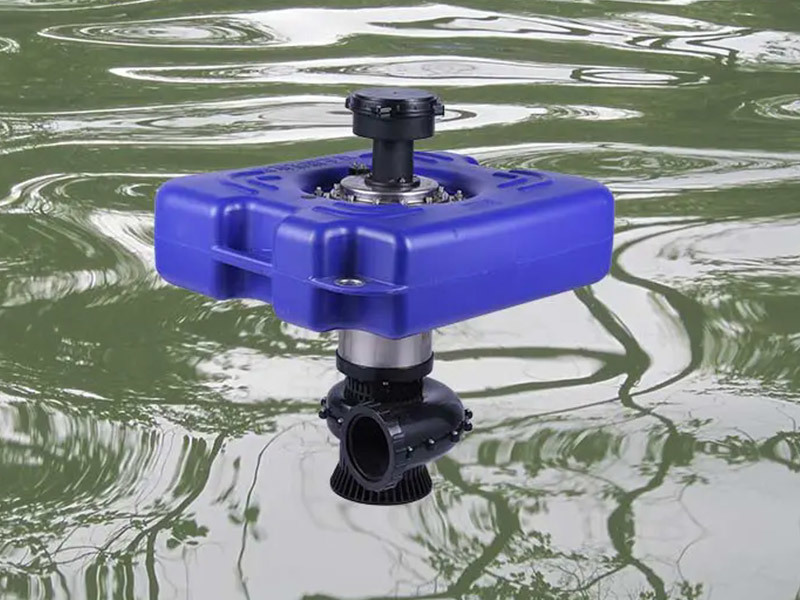Versatility Of Surge Aerators In Various Wastewater Treatment Processes
May 14,2024
Sale Custom High Quality Surge Aerator Company in China
Surge aerator is versatile tools that find application in a wide range of wastewater treatment processes, contributing to the effective removal of pollutants and the restoration of water quality. Understanding the suitability of surge aerators for different wastewater treatment applications is crucial for optimizing treatment efficiency and achieving environmental objectives. In this article, we will explore the various wastewater treatment processes where surge aerators are commonly utilized and their effectiveness in each context.
In activated sludge treatment plants, surge aerators play a vital role in providing oxygen to aerobic microorganisms responsible for biodegrading organic pollutants in wastewater. By introducing air into the aeration tanks, surge aerators facilitate microbial metabolism and promote the growth of bacteria and other microorganisms that metabolize organic matter. This enhances the efficiency of organic pollutant removal and contributes to the production of high-quality effluent.
Extended aeration systems rely on prolonged contact time between wastewater and aerobic microorganisms to achieve treatment objectives. Surge aerators are commonly used in extended aeration tanks to maintain dissolved oxygen levels for microbial activity. By continuously agitating the wastewater and introducing air, surge aerators ensure sufficient oxygen supply to support biological treatment processes, resulting in the efficient removal of organic pollutants and nutrients.
Surge aerators are well-suited for sequential batch reactors, which operate on a batch treatment cycle consisting of alternating phases of aeration, settling, and decanting. During the aeration phase, surge aerators provide oxygen to promote microbial growth and enhance pollutant removal. Their ability to create turbulence and agitation facilitates mixing and ensures uniform distribution of oxygen throughout the reactor, leading to consistent treatment performance and high-quality effluent.
Oxidation ditches are popular wastewater treatment systems that utilize mechanical aerators or surge aerators to provide oxygen for biological treatment processes. Surge aerators are particularly effective in oxidation ditches due to their ability to create turbulence and maintain aerobic conditions conducive to microbial activity. By continuously aerating the wastewater and promoting mixing, surge aerators optimize treatment efficiency and support the breakdown of organic pollutants.
Membrane bioreactors combine biological treatment with membrane filtration to achieve high-quality effluent in a compact footprint. Surge aerators are commonly employed in MBR systems to provide oxygen for biological processes and maintain mixed liquor suspension. The turbulence generated by surge aerators helps prevent membrane fouling by keeping solids in suspension and promoting efficient solids-liquid separation, resulting in treatment performance and reduced membrane maintenance requirements.
In constructed wetland systems, surge aerators are used to oxygenate the wastewater and enhance the biodegradation of contaminants by aerobic microorganisms and wetland plants. Surge aerators promote oxygen transfer at the water-air interface and create aeration zones within the wetland matrix, supporting the growth of beneficial microbial communities and facilitating pollutant removal through biological processes. Additionally, surge aerators help prevent stagnation and improve water circulation within the wetland, promoting overall treatment efficiency.
Lagoon-based wastewater treatment systems rely on natural processes such as microbial activity and solar radiation to treat wastewater. Surge aerators are often employed in lagoon systems to enhance oxygen transfer and accelerate pollutant degradation. By agitating the water surface and introducing air, surge aerators promote aerobic conditions and facilitate the breakdown of organic matter, pathogens, and nutrients. This results in improved water quality and reduced treatment times in lagoon systems.
In summary, surge aerators are versatile tools that find application in various wastewater treatment processes, including activated sludge, extended aeration, sequential batch reactors, oxidation ditches, membrane bioreactors, constructed wetlands, and lagoon systems. Their ability to provide oxygen, promote mixing, and enhance biological treatment processes makes them indispensable components of modern wastewater treatment plants. By incorporating surge aerators into wastewater treatment systems, operators can achieve efficient pollutant removal, improve effluent quality, and contribute to environmental sustainability.
Latest News




